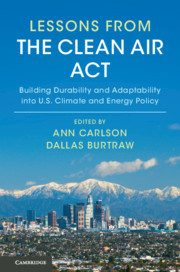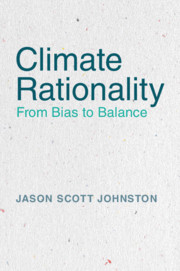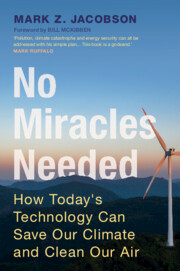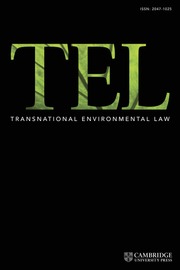Lessons from the Clean Air Act
Climate and energy policy needs to be durable and flexible to be successful, but these two concepts often seem to be in opposition. One venerable institution where both ideas are apparent is the Clean Air Act, first passed by the United States Congress in 1963, with amendments in 1970 and 1990. The Act is a living institution that has been hugely successful in improving the environment. It has programs that reach across the entire economy, regulating various sectors and pollutants in different ways. This illuminating book examines these successes - and failures - with the aim to offer lessons for future climate and energy policymaking in the US at the federal and state level. It provides critical information to legislators, regulators, and scholars interested in understanding environmental policymaking.
- Evaluates the success and failures of the Clean Air Act from various disciplines, including law, economics, and political science
- Provides an introduction to the Clean Air Act and examines how it continues to evolve
- Utilizes the Act as a template for designing durable and flexible energy policy that can respond to new economic, technical and scientific information
Product details
May 2019Hardback
9781108421522
260 pages
235 × 155 × 19 mm
0.5kg
Available
Table of Contents
- 1. Introduction Ann E. Carlson and Dallas Burtraw
- 2. The Clean Air Act's national ambient air quality standards: a case study of durability and flexibility in program design and implementation William Boyd
- 3. Stationary sources, movable rules: intransigence and innovation under the Clean Air Act Hannah J. Wiseman
- 4. Leveraged federalism and the Clean Air Act: the case of vehicle emissions control Barry G. Rabe
- 5. Promoting environmental quality through fuels regulations: lessons for a durable energy and climate policy Joseph E. Aldyi
- 6. The Clean Air Act's use of market mechanisms Eric M. Patashnik
- 7. Conclusion Ann E. Carlson and Dallas Burtraw.






